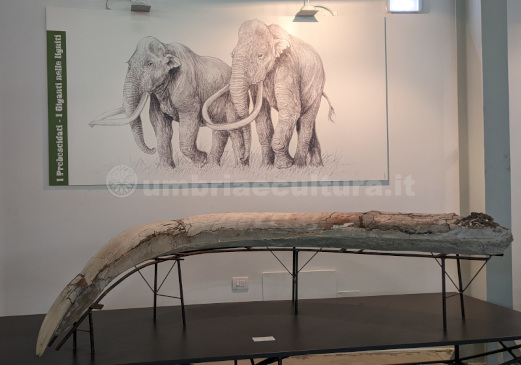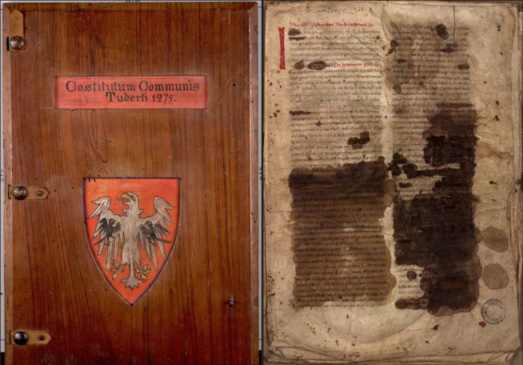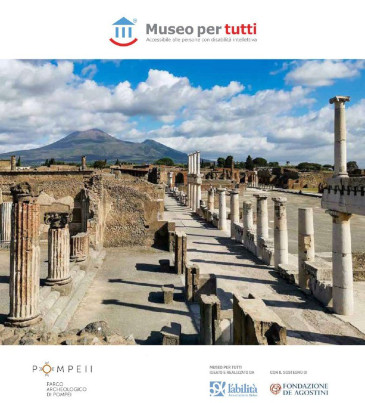The First World War Museum in Lugnano in Teverina is an important reference point to approach the historical period of the First World War and the stories of so many young soldiers who fought and perished in a bloody way, very young and far from their affections, overwhelmed by events.
The First World War Museum in Lugnano is housed in the Art Nouveau architecture of the “Ex Fabbrica” and was born and developed thanks to Mrs. Maria Concetta Canepone and her husband, dr. Aldo Proietti. Starting from a first nucleus of memorabilia that belonged to Mrs. Maria Concetta’s father, the collection has gradually been enriched thanks to collectors and museums.
The Medical Officer Luigi Canepone, father of Mrs. Maria Concetta, was enrolled, when he was still a student, together with other very young paolpe from Lugnano, many of whom were illiterate, and sent to the combat areas.
Luigi Canepone’s passion for photography and a meager diary (the writings of the soldiers were strictly censored) give a valuable insight into the daily life of a military hospital and the civilians who lived in war scenarios.
The First World War Museum is divided into thematic areas with environmental reconstructions and boards full of memorabilia that allow the visitor to better understand the places and situations in which young soldiers were forced to live. Everyday little life parades before our eyes, everyday objects, such as a sewing set or a pack of cigarettes, tell us a thousand small stories of 20 years old guys from the most distant regions, sent to mountain areas, where the bitter cold undermined them in the physical and the psyche, and where they were forced to assault the first lines, between the fire of the enemies and that of their superiors, in the event of their refusal; many times illiterate, far from loved ones, at the mercy of events greater than themselves, pawns in power; the only consolation was the correspondence with the family, which was always very general so as not to incur censorship, and tightly packed, just enough to reassure about one’s health, and to be sure of the affection of those who were waiting for them. The moving farewell letter that the 20-year-old Lieutenant Adolfo Ferrero wrote to his family the day before the battle of Ortigara in 1917, sure of to face death, as it was inexorable, is on display.
The section dedicated to healthcare is particularly rich, given the role of Luigi Canepone, with all the surgical instruments, the case for medicines, the stretcher for the wounded. Thinking about the war, we think that the most frequent pathologies were the traumas reported in the battle, but there were many ailments and diseases that young soldiers went through: from pediculosis and the presence of mice due to poor hygiene, a source of infectious diseases and petechial typhus, the amputation of the feet due to freezing, the mental shocks due to the bombing, the presence of corpses everywhere, the conditions of constant stress and fear.
But the First World War was also the starting point for great progress in the field of medicine, for example radiology and plastic surgery had a significant development, “thanks” to the need to operate bone trauma or amputate limbs by closing large blood vessels; the high number of infections led to the discovery of sulphonamides and antibiotics, while, strange but true, the use of the terrible mustard gas, with devastating effects, laid the foundations of modern chemotherapy.
Benedetta Tintillini
Find the First World War Museum in Lugnano in Teverina on Google Maps:



